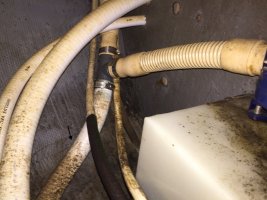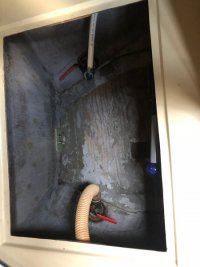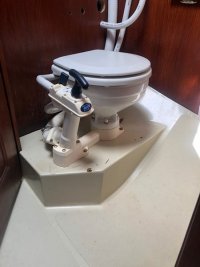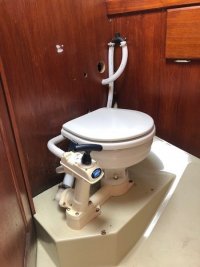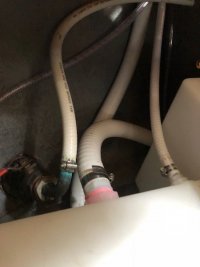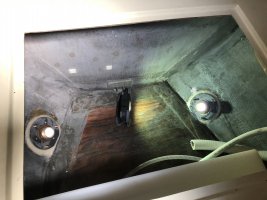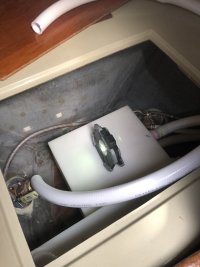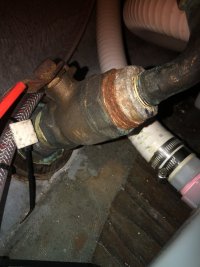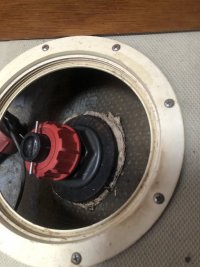As I work on my replacement to water and holding tanks and associated hoses, I had some questions I'm hoping folks could provide thoughts on.
Quick back ground on original situation. My original set up had two vented loops, one in with the raw water, and one for waste come out of head. The waste hose went straight to the tank. Then from the tanks pump out fitting the hose when to a T, one side going to deck pump out and the other side going to hand pump and to through hull over board. Based on what I've been studying this is incorrect because a Y valve should be between head and inlet into holding tank allowing for pump out overboard or pumping to tank. And the deck pump hose should not have a T and be simply one hose.
What would be the best option? Or better stated, what are the pros and cons?
1. Direct to tank only. No Y valve. Close overboard waste through hull because I so far only sail coastal. It makes me nervous to have an unused t-h sitting there. But I had my boat hauled recently and don't plan to until next year at the earliest. I could then take out and glass over the t-h. But then what about resale value?
2. A Y valve before tank with no pump assist. this is Casey's example when the head is below waterline. I'm not absolutely sure but I think the head is close enough that it could be below waterline at a certain heel angle.
3. A Y valve after the tank splitting to deck and hand pump to overboard t-h. This was the way the set up was, but with a T fitting instead of a Y valve.
Thanks for any help. Ronco tanks will be here in two weeks. And the quoted prices were way cheaper than the list price on the web. I didn't ask why. Jay
Quick back ground on original situation. My original set up had two vented loops, one in with the raw water, and one for waste come out of head. The waste hose went straight to the tank. Then from the tanks pump out fitting the hose when to a T, one side going to deck pump out and the other side going to hand pump and to through hull over board. Based on what I've been studying this is incorrect because a Y valve should be between head and inlet into holding tank allowing for pump out overboard or pumping to tank. And the deck pump hose should not have a T and be simply one hose.
What would be the best option? Or better stated, what are the pros and cons?
1. Direct to tank only. No Y valve. Close overboard waste through hull because I so far only sail coastal. It makes me nervous to have an unused t-h sitting there. But I had my boat hauled recently and don't plan to until next year at the earliest. I could then take out and glass over the t-h. But then what about resale value?
2. A Y valve before tank with no pump assist. this is Casey's example when the head is below waterline. I'm not absolutely sure but I think the head is close enough that it could be below waterline at a certain heel angle.
3. A Y valve after the tank splitting to deck and hand pump to overboard t-h. This was the way the set up was, but with a T fitting instead of a Y valve.
Thanks for any help. Ronco tanks will be here in two weeks. And the quoted prices were way cheaper than the list price on the web. I didn't ask why. Jay

 . Leaving the OB option in place.
. Leaving the OB option in place. 